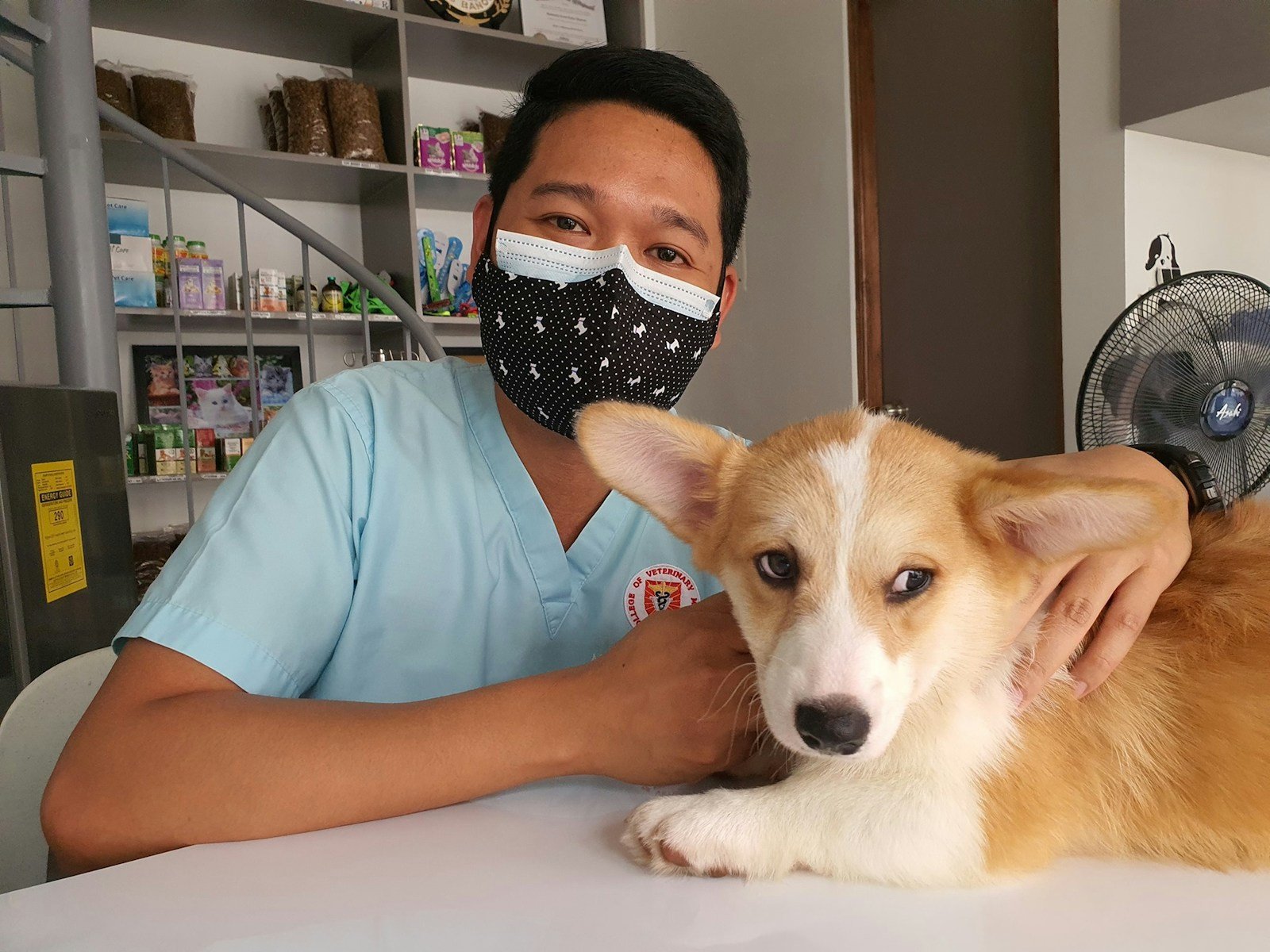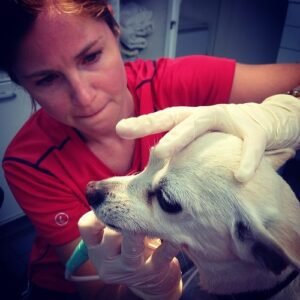Canine hip dysphasia (CHD) is a genetic disease that affects the hip bones in dogs. While pretty much any dog can get it, some dogs are predisposed to this condition and it is more common in larger breed dogs due to the greater weight on the joints of the hip. Some breeds at risk for this disease include Dalmatians, German Shepherds, Rottweilers, Golden Retrievers and Blood Hounds.
This disease affects the hips way ahead of the thighbone does not fit into the hip socket as it should. Wear of the cartilage and damage to the joint occurs causing swelling and pain. Canine hip dysphasia itself is not arthritis, but it is the most common cause of hip arthritis.
This is a disease that is inherited from the dog’s parents. Therefore the only way to eradicate the disease is through good breeding practices and not letting dogs with CHD have puppies. This presents a challenge though is not all dogs show that they have this disease and, in fact, dogs that show no sign of it may still possess the gene that passes it to their offspring.

Symptoms of canine hip dysplasia present themselves as your dog not being able to get up as easy. Perhaps he’s not as energetic or doesn’t want to run as much and has a hard time standing up after sitting or lying down. His back legs may look lame, and when he runs he might use them both like a rabbit. CHD might cause your dog to be reluctant to go upstairs. In most dogs, the symptoms don’t show up until middle age but some may show the disease when they are puppies.
There is no test to tell if a dog carries the gene for CHD but the presence of hip dysplasia can be tested through x-rays and physical exams. An x-ray can let you know how bad the condition has become. Using future x-rays to monitor it will let you know If the treatment path you have chosen is working. There are actually two types of x-rays that are performed. one gives you an idea of how severe arthritis stays in the joint, and the other will tell you how loose the hip joint itself is.
Canine hip dysphasia can be treated with surgical and nonsurgical methods. Nonsurgical methods include drugs to help relieve the pain and inflammation of the hip joint. Drugs such as Rimadyl and Meloxicam can be effective and have helped many dogs live happy normal lives.
In addition making sure your dog gets good exercise and physical therapy to work the hips and keeping your dog at a slim weight can help relieve symptoms. Surgical treatments for CHD can also be effective. There are two methods of treatment for canine hip dysplasia: one which treats hips which show a lot of arthritis, and another which tries to help prevent the progression of the arthritis.

One of the procedures possible – triple pelvic astronomy – is most effective before the joint becomes damaged with arthritis. This involves cutting the pelvis and then rotating hip sockets to get them to work better. A cost effective procedure, pubic symphysiodesis, has been successful for some young dogs with canine hip dysphasia.
In larger and older dogs, a full hip replacement might be required. This involves replacing both the ball in the socket to allow the dog to enjoy a full life with normal activity.
Another procedure, for smaller, well muscled dogs, is called a femoral head ostectomy. Here, the surgeon removes the top portion of the femur in order to stop a painful grinding at the hip joint. The femur then floats freely forming scar tissue which then acts as the joint.
Canine hip dysplasia is not easy to prevent. If buying a puppy, be sure that the parents of your dog are free from CHD. A reputable dog dealer will know the history of the dog and this may save you a lot of problems later. But for all puppies and older dogs, make sure that they don’t have undue stress placed on their hips. So ensure your dog does not gain too much weight and exercises regularly. These things can help delay the onset of disease should your dog be prone to it.







